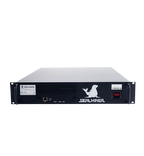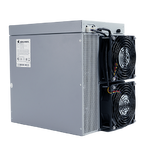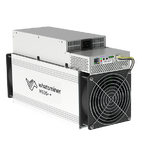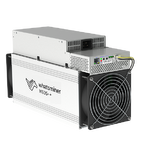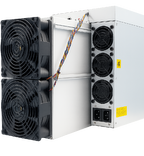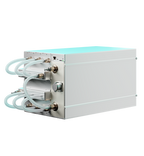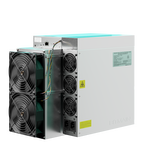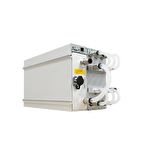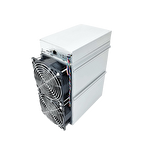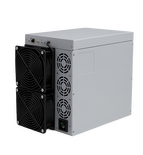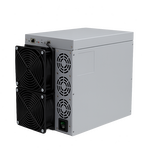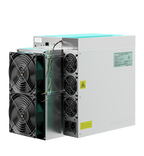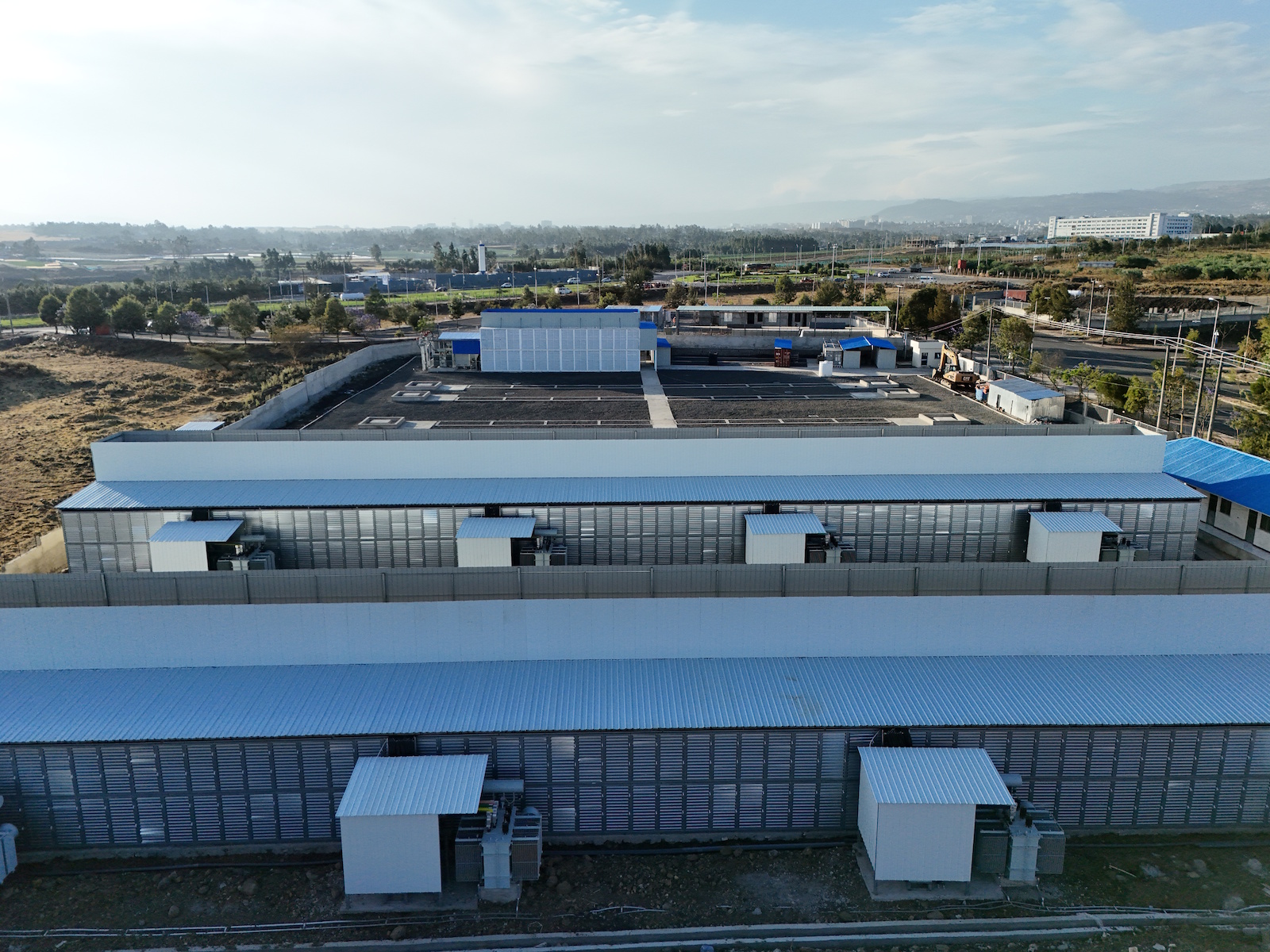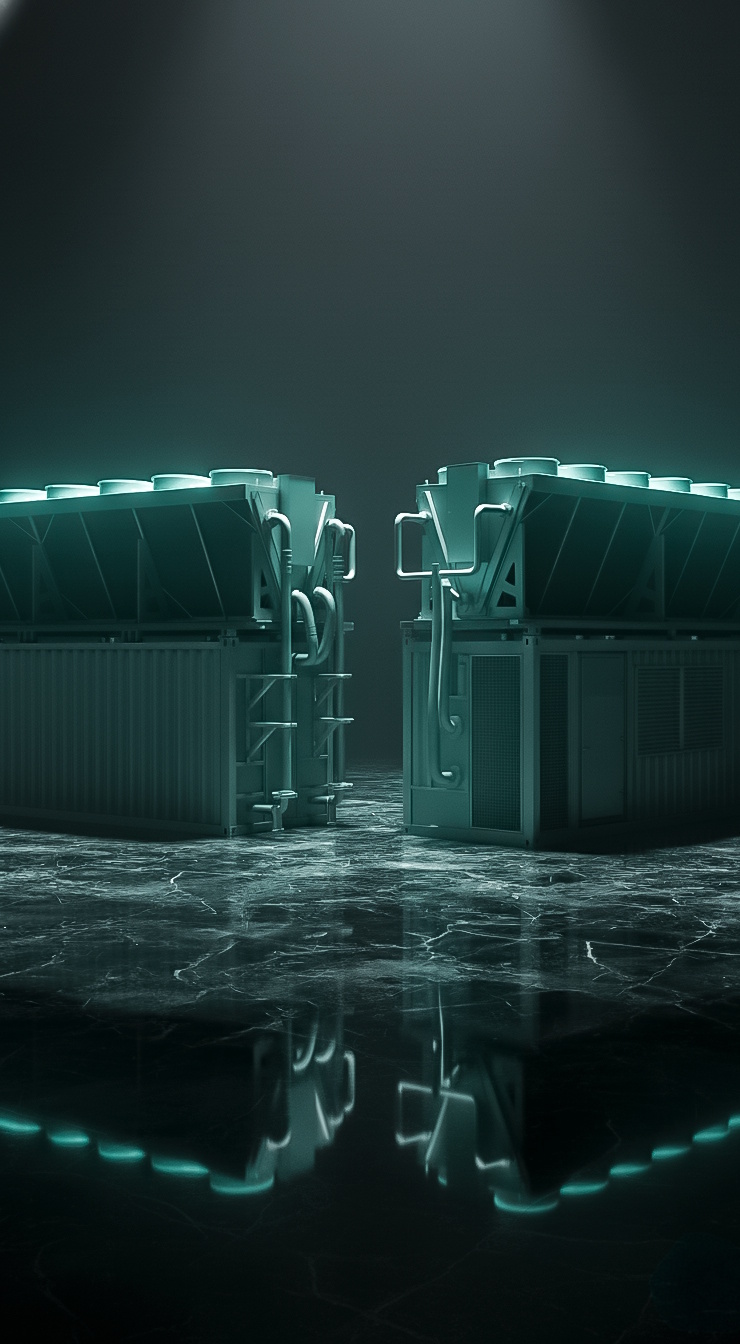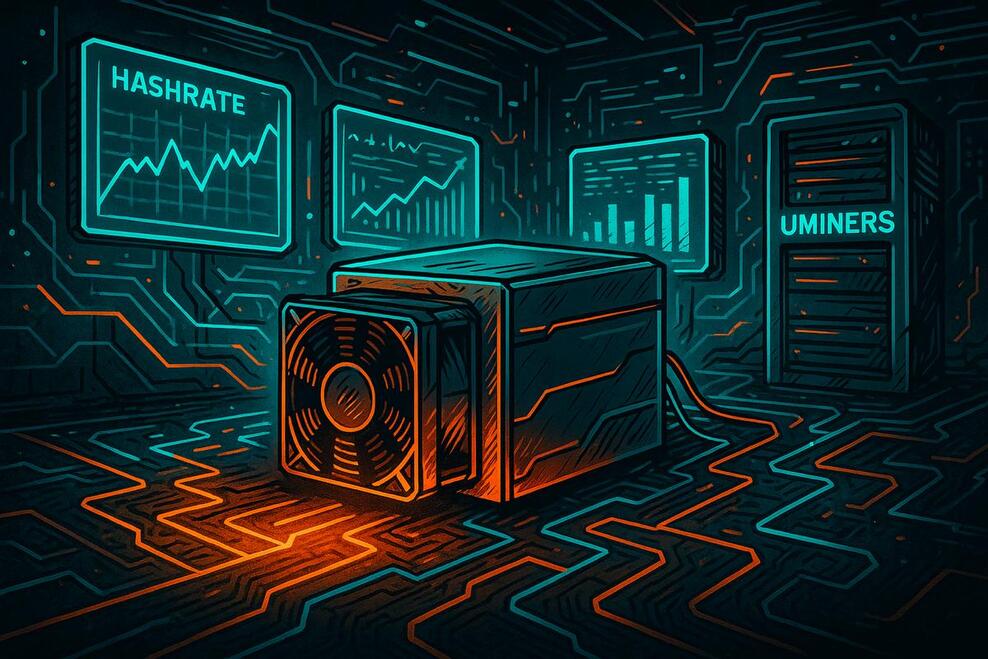
The landscape of cryptocurrency mining has undergone a significant transformation. Gone are the days when individual miners with modest setups could achieve substantial profits. The escalating complexity of mining operations, driven by increasing network difficulty and competition, has shifted the focus towards large-scale, institutional mining endeavors.
As of May 6, 2025, Bitcoin's network difficulty reached an unprecedented 119.12 trillion, marking a 35% increase from the previous year. This surge underscores the intensifying competition and the necessity for enhanced computational power to maintain profitability.
The Rise of Institutional Mining
The current mining environment favors entities capable of substantial capital investment, advanced infrastructure, and strategic planning. Institutional miners now dominate the sector by leveraging economies of scale, securing lower electricity costs, and integrating intelligent automation technologies to fine-tune performance.
Performance Optimization
Artificial Intelligence has become a vital element of modern mining operations. Among its most effective applications is dynamic hardware tuning. AI enables real-time adjustments to clock speeds and voltages based on thermal readings and workload intensity.
"AI has the potential to reshape mining by improving efficiency, cutting costs, and increasing profitability. But despite the promise, today's developer tools still fall short in practice," says Batyr Hydyrov, Founder and CEO of Uminers, noting that the company currently applies AI only in targeted areas such as data center design and infrastructure management.
Coin switching, another essential layer of optimization, will be the next level of optimization driven by AI. Mining data centers are cautiously experimenting with the technology. However, given Bitcoin's current price, dominant market capitalization, and network hashrate, it remains significantly more profitable to mine BTC than any other Proof-of-Work coin. As a result, most data centers are observing the space rather than committing substantial resources at this stage.
Also, an emerging trend in this field is dual-coin mining, or "comining," which enables miners to extract two cryptocurrencies simultaneously using the same hardware, provided the coins share compatible algorithms. Although not universally applicable, comining can enhance efficiency in certain configurations.
Predictive Maintenance and Uptime Maximization
Mining hardware operates under intense pressure, making downtime a costly threat. Predictive maintenance addresses this by continuously monitoring machine performance — tracking telemetry such as temperatures, voltage fluctuations, and hash rate consistency. When deviations occur, algorithms can predict potential failures before they happen, allowing operators to intervene proactively.
This predictive layer not only minimizes unplanned outages but also extends the lifespan of expensive equipment. It shifts the paradigm from reactive troubleshooting to strategic lifecycle management, reducing operational risk and optimizing return on investment.
Energy Intelligence & Load Balancing
Electricity remains the single largest expense in most mining operations. Managing energy consumption effectively is both an economic and environmental priority.
"We also focus on securing competitive electricity rates to maintain cost-effective operations. Strategic partnerships and investments in renewable energy further reflect our dedication to sustainability", enhances Batyr Hydyrov.
Smart energy platforms track grid load, tariff schedules, and internal energy consumption to allocate power more efficiently. In regions where two-tier or dynamic electricity pricing exists, they can shift high-load activities to off-peak hours, reducing costs significantly. In large-scale data centers, such platforms balance thermal loads across racks and nodes, ensuring cooling systems run efficiently and uniformly. Some systems also integrate renewable energy inputs, optimizing usage patterns based on real-time supply availability.
As global competition intensifies and energy markets fluctuate, operational efficiency has become the defining factor for sustainable mining profitability. Optimization, predictive maintenance, and energy-aware infrastructure are now core pillars of modern mining economics. "For institutional players, success will belong to those who view hashrate as an actively managed asset — one that demands precision, foresight, and continuous innovation", summarizes Founder and CEO of Uminers.


